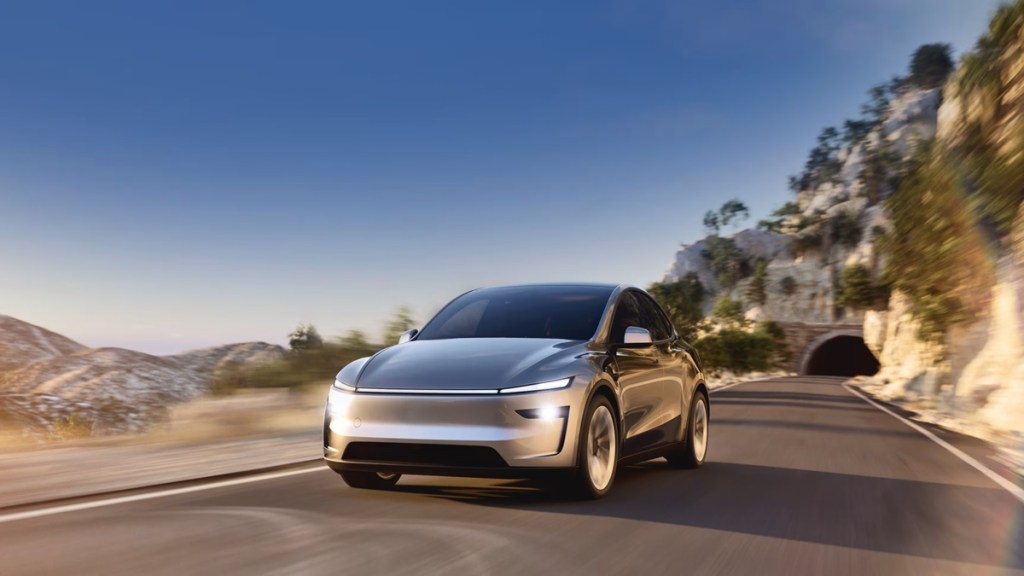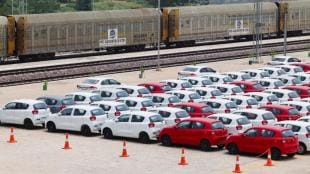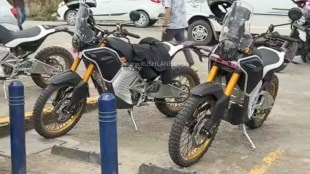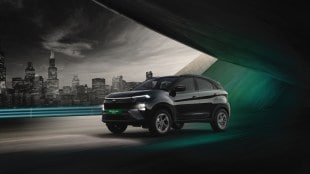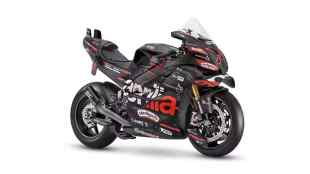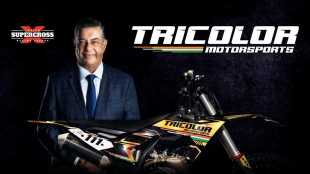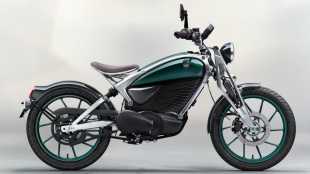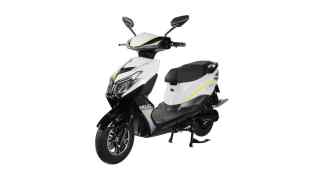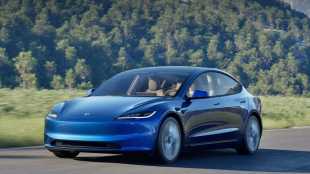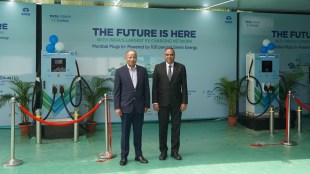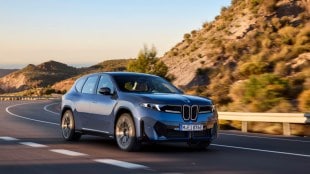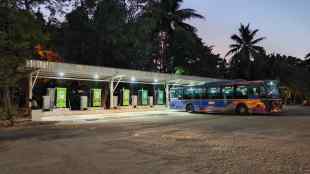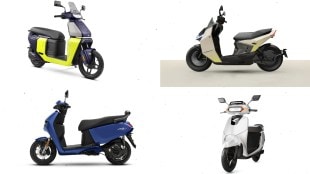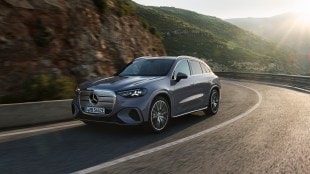Tesla has finally entered India with the Model Y. It is priced from Rs 59.89 lakh (63 kWh battery) to Rs 67.89 lakh (83 kWh), is a rear-wheel drive (RWD) car, has a spacious cabin, claimed range of 500-622 km (WLTP), and can accelerate from 0-100 km/h in just 5.6 seconds.
But is it better than India’s EV elite? We take a look.
Direct competitors
Kia EV6 (Rs 65.97 lakh)
It’s the most direct rival to the Model Y, has a futuristic design, and a large cabin. It has a bigger battery (84 kWh), is quicker (5.3 seconds), and is an all-wheel drive (AWD) car. Its WLTP range is 581 km.
Hyundai Ioniq 5 (Rs 46.05 lakh)
It’s the most value-for-money luxury EV in India, has a retro-futuristic design, huge cabin, and its 72.6-kWh battery returns a WLTP range of 450 km.
BYD Sealion 7 (Rs 48.9-54.9 lakh)
A major competitor from China, it is priced lower, has more than 500 km range (NEDC), 82.56 kWh battery, and a feature-rich cabin. Its AWD model is quicker than Tesla (0-100 km/h in just 4.5 seconds).
BMW iX1 LWB (Rs 49 lakh)
It’s got the BMW badge, and is a blend of luxury and driving dynamics. It is priced less, but has a small battery of 66.5 kWh (MIDC range of 531 km), and doesn’t accelerate as quickly (0-100 km/h in 8.6 seconds).
Volvo EC40 (Rs 59 lakh)
It’s a perfect combination of a sexy coupé design, safety, and a minimalist interior. It’s quicker (0-100 km/h in just 4.7 seconds), and has a WLTP range of 530 km.
Mercedes-Benz EQA (Rs 67.2 lakh)
It’s got a smaller cabin, but feels luxurious inside. It’s not as quick (0-100 km/h in 8.6 seconds), but the ride quality is very good. Its 70.5-kWh battery returns a range of 560 km (ARAI), and real-world rang of about 450 km.
BYD Seal
While it’s a sedan (not a crossover like the models mentioned here), its performance, features, and pricing make it a solid alternative to Tesla. Its top-end model (Performance) is like a rocket, with a 0-100 km/h time of just 3.8 seconds. It has three variants: Rs 41 lakh (61.44 kWh), Rs 45.55 lakh (82.56 kWh RWD), Rs 53.15 lakh (82.56 kWh AWD). Its NEDC range is from 510-650 km.
MINI Countryman Electric
There is nothing mini about this MINI. It has a huge cabin, 66.45-kWh battery pack, real-world driving range of 450 km, and costs Rs 54.9 lakh. It has a timeless, quirky design, and is exceptionally fun to drive.
Value for money EVs
Tata Harrier EV (Rs 21.49-29.74 lakh)
It’s available in 65 and 75 kWh battery pack options, and has a real-world range of 400-500 km. Its top-end variant (Empowered QWD 75) is the only true off-roader electric SUV in India, with two motors, AWD, off-road assist, and six terrain modes (Rock crawl, Snow/Grass, Mud-Ruts, Sand, Normal, Custom). You can choose it if you prefer a more traditional SUV body shape, want an Indian brand, and don’t want to spend three times the money. It’s quick, too, with a 0-100 km/h time of just 6.3 seconds.
Mahindra XEV 9e (Rs 21.9-30.5 lakh)
It’s an SUV coupé, has a huge screen on the dashboard, is available in two battery options (59 kWh and 79 kWh), has a real-world range from 350-500 km, and is fairly quick (0-100 km/h in 6.8 seconds). It is exceptional value for money.
Tesla vs others
– Tesla is famous for its large touchscreen on the dashboard, but Kia and Hyundai have equally impressive screens, Mahindra has a bigger screen set-up, BYD has rotating screens, and the MINI has a quirkier one (and most have conventional buttons as well).
– Tesla comes with one of the most advanced ADAS (advanced driver-assistance systems) in the world, but it’s yet to be proven in Indian traffic conditions.
– Tesla has a strong brand appeal and a unique tech ecosystem, which many of its competitors lack.
The choice, therefore, boils down to individual preferences based on design, brand loyalty, driving dynamics, and affordability.
WLTP (Worldwide Harmonised Light Vehicle Test Procedure, a lab test) is claimed to be close to real-world range; BYD’s range is calculated using NEDC (New European Driving Cycle), which is a bit lenient; for Tata and Mahindra, I’ve used real-world range, as I’ve driven them extensively. The ARAI range of Mercedes-Benz is under standard test conditions.
